Sour Cream Sauces The Baltic Flavor Essential
35 min read Explore the creamy backbone of Baltic cooking: herb-laced sour cream sauces for fish, potatoes, and mushrooms, with regional twists, pantry tips, and authentic pairings from Estonia, Latvia, and Lithuania. October 04, 2025 12:07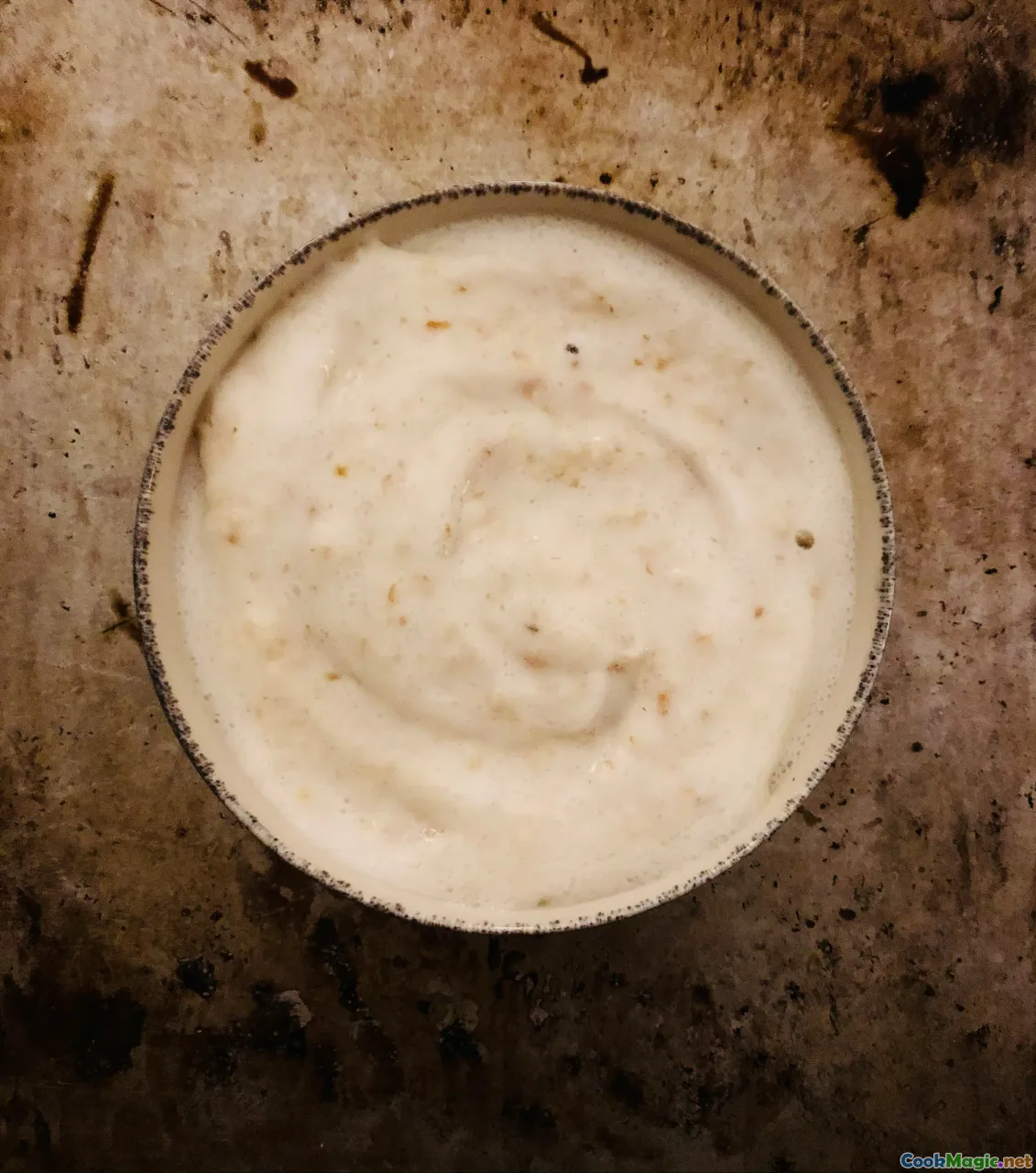
The first time I understood that a spoon could carry a coastline, I was standing in the damp warmth of Riga’s Central Market. The fish hall smelled of brine and cold iron; rows of gleaming herring lay on crushed ice beside jars of pickles, dill fronds, and cream so thick it looked almost shy to move. A woman in a knitted hat handed me a paper plate with a herring fillet, a few translucent slices of apple, and a curl of sour cream mounded like snow. The first bite was briny, sweet, and then—like the hush that follows a good song—the cool sour cream spread everything into balance. It tasted like fog lifting. It tasted like the Baltic.
Sour cream sauces are not an accessory in the Baltics; they are a core language, a grammar of tartness and fat laid over the cuisines of Latvia, Lithuania, and Estonia. To cook here is to know the textures of dairy by heart. You can feel it in the way hands stir a sauce with a wooden spoon—steady, patient—listening for a change in the sound as the cream tightens into gloss. You can see it in the markets, where the words for sour cream—grietinė, krējums, hapukoor—are written in chalk on slate, each with its own shade of tang.
The Baltic Palate Finds Its Voice in Sour Cream

If you were to map Baltic flavor on a compass, sour would be north, fat would be south, dill would be east, and smoke west. Sour cream sauces stand at the center, stitching those points together. They lift the salt of small fish and smoked meats, soften the rough edges of dark rye, and give boiled potatoes something to dream about.
Historically, the climate helped write this culinary script. Long winters, short summers, and a tradition of preserving—salting, smoking, fermenting—shaped a cuisine that needed balance. Enter cultured cream: the lactic tang that wakes preserved flavors, the fat that quiets harshness. A spoonful over chanterelles in late summer, a dollop alongside winter cutlets, a veil over cold beet soup in July—Baltic cooks deploy sour cream sauce like a tiny orchestra, setting acid against salt, richness against austerity.
Walk into a Latvian country kitchen in winter and you might see a chipped enamel bowl of sour cream near the stove, as expected as a kettle. In Lithuania, grietinė is whisked into mushroom sauces that cling to potato dumplings like warm mittens. Estonian hapukoor, gently tart and often slightly looser, might be stirred with dill and spooned over hot smoked fish. The first time I cooked in an Estonian farmhouse on Muhu Island, I watched the host taste a sauce with her index finger, then nod as if the mixture had just told her a secret. “Now it’s ready for the potatoes,” she said. And it was.
A Memory in Riga, A Lesson in Flavor
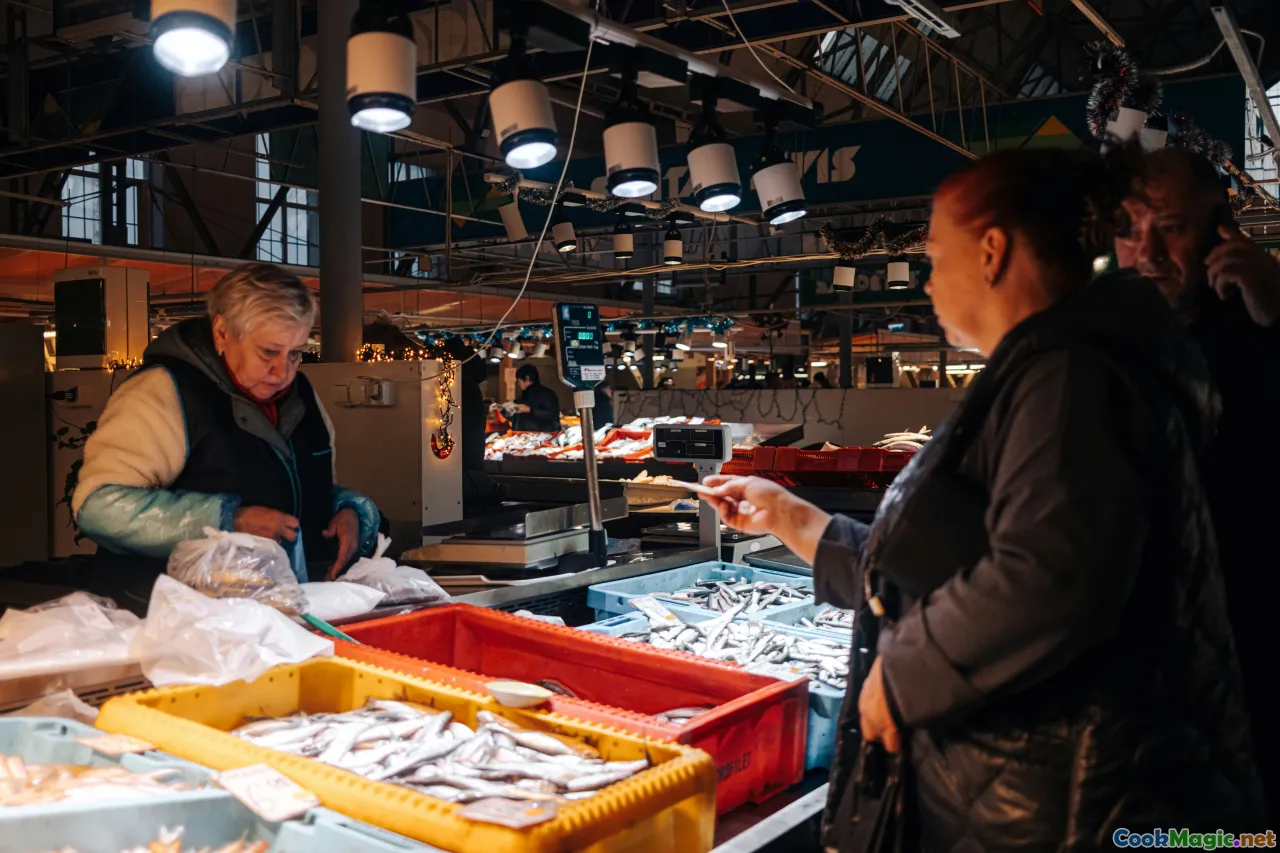
The vendor who fed me that herring in Riga kept a small knife perched in a glass of water. She sliced apple into moons so thin they caught the fluorescent light, and she tossed them with a pinch of sugar and a few splashes of vinegar. Then she beckoned me closer and pointed to a ceramic pot.
“Krējums,” she said. “No cheating.”
By “no cheating,” she meant no starch thickeners, no mayonnaise masquerading as tradition, no shortcuts of the kind that dull a sauce into something homogeneous. The sour cream she used had nearly 30% fat—luxurious but not cloying—and a clean lactic bite. She folded in chopped dill and a whisper of onion “because fish likes to talk to onion,” she said. The sauce clung but did not smother. It was white as a January morning and tasted like restraint.
I learned then a lesson I’ve carried through Baltic kitchens: a good sour cream sauce is less a recipe than a mood. Sometimes that mood is brisk—horseradish snaking through the nose, a sweet heat that opens your lungs. Sometimes it’s gentle, a hand on your shoulder—chanterelles, butter, a pinch of nutmeg breathing warmth into the cream. You adjust, not to impress the sauce, but to let it detangle what the plate needs.
What We Mean When We Say Sour Cream in the Baltics
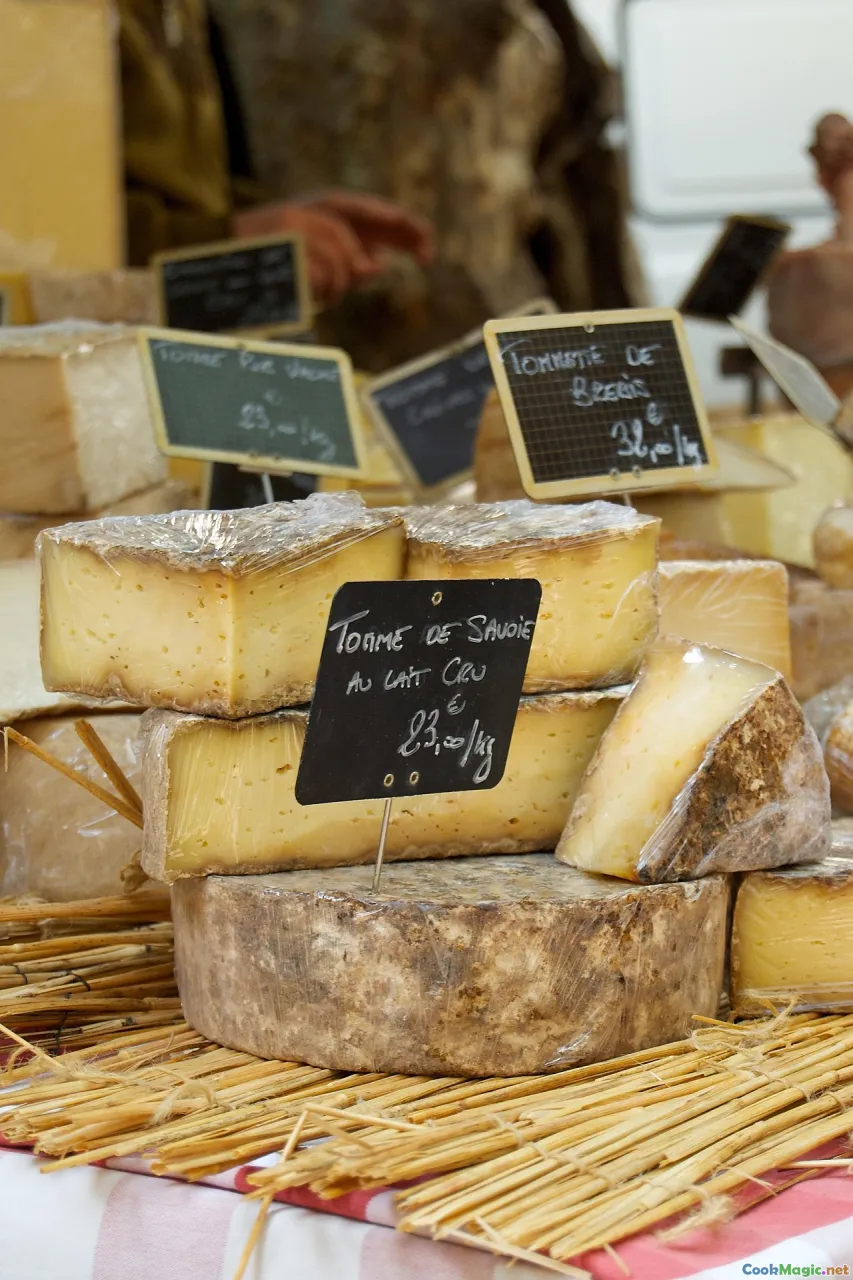
Ask for sour cream in Lithuania and you’ll get grietinė, typically 20–30% fat, pleasantly tangy, often sold in plastic tubs with rounded corners. In Latvia it’s krējums; in Estonia, hapukoor. All are cultured creams, fermented with lactic acid bacteria until the milk sugars turn to lactic acid and the cream thickens and brightens.
It helps to know cousins and neighbors:
- Smetana: Slavic and Eastern European, sometimes richer (30–40% fat), lightly tangy, heat-stable. You’ll see it in Baltic kitchens due to geographic and cultural overlap; Lithuanian grandmothers often use it interchangeably with grietinė for hot sauces, especially when simmering.
- Crème fraîche: Milk-fat comparable to smetana (30–40%), but often less acidic. More “buttery,” less sharp. In the Baltics, when cooks want more control over tartness (for delicate fish), they may blend crème fraîche with local sour cream.
- Kefir: Drinkable fermented milk, thinner and more sour. It’s the backbone of Lithuanian cold soups (šaltibarščiai), and sometimes a splash of kefir gives a cold sour cream sauce more nimble acidity.
- Yogurt: Thinner or Greek-style thicker, but with a different tang. In urban Baltic kitchens, yogurt occasionally stretches expensive sour cream without losing body.
Choosing the right one matters. For a sauce that will meet heat—mushrooms, gravies—smetana or a high-fat grietinė can hold structure better, especially when tempered. For cold sauces with herbs and fish, a well-balanced latvian krējums at 20–25% fat will glisten beautifully without feeling heavy.
Flavor-wise, the best local sour creams taste of pasture and season; they’re not merely sour but round, almost nutty. On Vilnius shelves, brands like Rokiškio and Pieno Žvaigždės offer reliable fat content and a clean finish. In Estonia, Tere’s hapukoor is widely used in home kitchens; in Latvia, look for small-producer krējums in markets around Tukums or Cēsis. Industrial brands suffice in a pinch, but if you can find farmstead cream in a glass jar with a layer of butter-yellow fat on top, you’ll understand why cooks sometimes tap the lid like a secret.
The Master Formula: Baltic Sour Cream Sauce Base
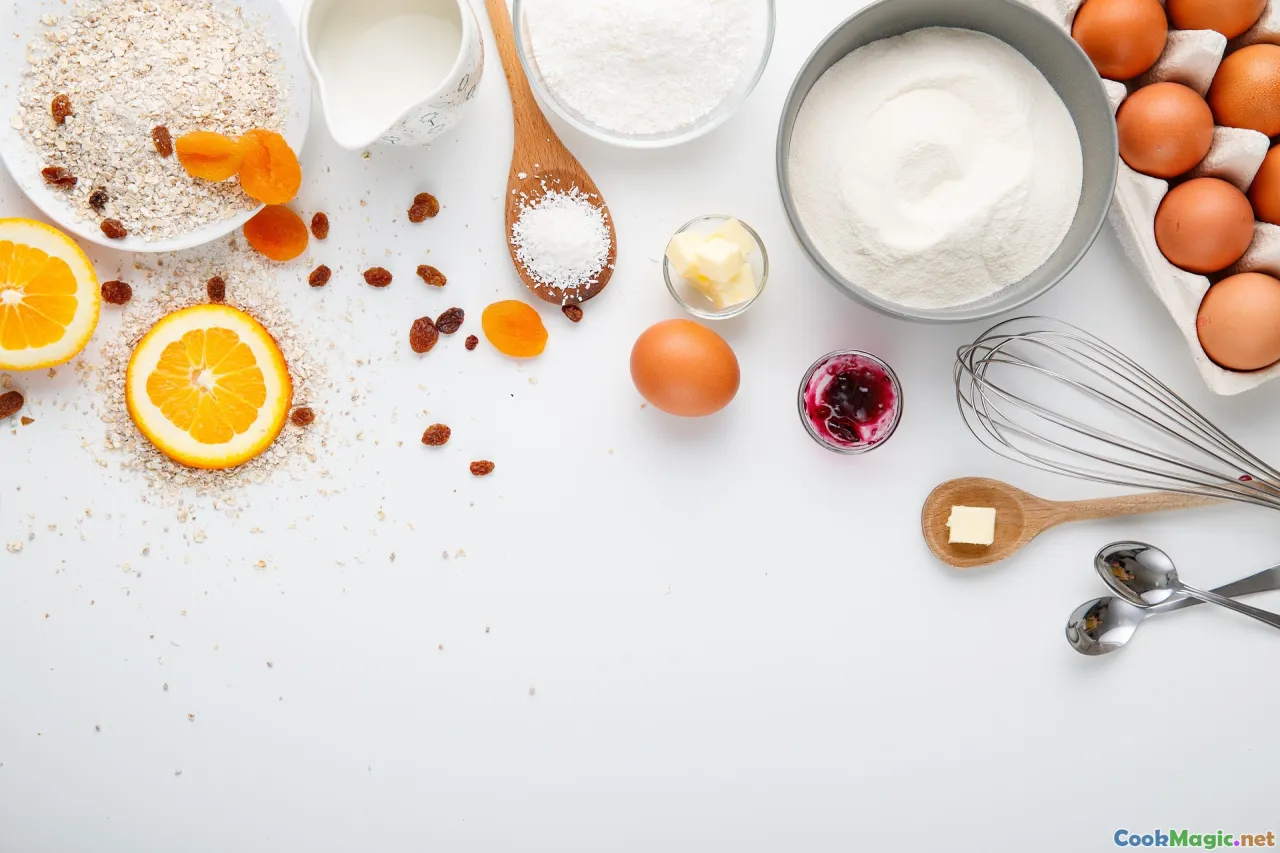
Here’s a flexible base you can tune for fish, mushrooms, potatoes, or cutlets. Think of it as the way a Baltic cook stretches both hands—one with acid, one with fat—until the rope of flavor feels taut and alive.
Serves 4 as a sauce
Ingredients:
- 200 g sour cream (20–30% fat; grietinė/krējums/hapukoor)
- 1–2 teaspoons acid: apple cider vinegar, white wine vinegar, or fresh lemon juice
- 1 teaspoon Dijon or Latvian-style mild mustard (optional for body and complexity)
- 1 small shallot or 1/4 small red onion, very finely minced
- Salt and freshly ground white or black pepper, to taste
- 1–2 tablespoons fresh dill, chopped (plus other herbs as desired: chives, parsley, lovage)
- 1–2 teaspoons sugar or honey (optional; a Baltic cook’s quiet trick to round sharpness)
- 1–2 tablespoons cold water, stock, or brine from pickled cucumbers (to loosen, if needed)
Method:
- Mix: In a bowl, whisk the sour cream with acid and mustard until smooth. The acid should wake the cream, not bully it; add it drop by drop and taste.
- Season: Stir in the minced shallot, herbs, salt, and pepper. Balance the acidity with a pinch of sugar or honey if the cream is particularly tart.
- Adjust: Loosen with a tablespoon or two of water, stock, or cucumber brine, depending on your dish. For fish, brine adds sparkle; for potatoes, stock adds depth.
- Rest: Let the sauce sit 10 minutes to allow the onion to soften and the herbs to perfume the cream.
For warm applications, temper gently with warm stock or pan juices before applying heat. This base becomes a hot sauce by the grace of patience.
Why it works: The sour cream brings fat for flavor carriage, the acid tightens and brightens, mustard lends a faintly emulsive stability, and herbs open the window. Onion offers crunch and aromatic sweetness, then softens with time. Above all, the sauce should feel alive—like a breeze across the tongue.
Variations You’ll Meet at Village Tables and City Counters
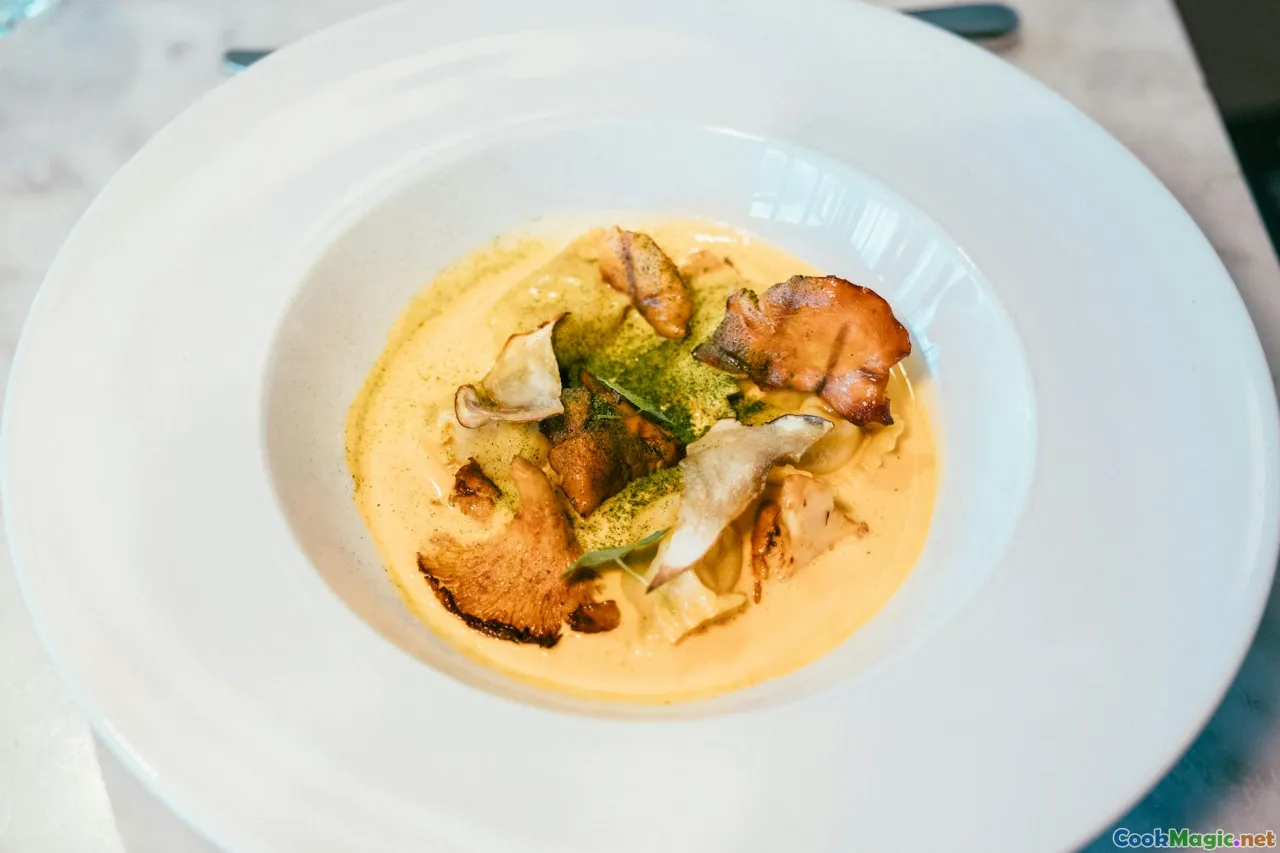
Below are five Baltic stalwarts—each a story you can cook.
- Cold Dill and Cucumber Sauce (Aukstā mērce / Šaltas padažas su agurkais)
What it’s for: Hot boiled potatoes, black bread with salt, grilled river fish, fried smelt.
You’ll need:
- Base sauce (as above), with 2 tablespoons chopped dill
- 1 small cucumber, grated on the large holes and lightly salted
- Optional: 1 garlic clove, finely grated
Method: Grate the cucumber, sprinkle with a pinch of salt, and let it weep for 5 minutes in a sieve. Press gently to squeeze out excess water. Fold the cucumber and garlic into the base sauce and adjust salt. The cucumbers bring spring in a spoon; the sauce should feel bouncy, with a clean crunch.
What it tastes like: The smell of an herb garden after rain. Creamy, herbal, and cool, with cucumber’s crispness cutting through richness.
- Herring with Sour Cream and Apple (Siļķe ar krējumu / Silkė su grietine)
What it’s for: Rye bread, onions, pickles; a glass of crisp beer or a shot of caraway vodka.
You’ll need:
- 200 g sour cream
- 1 teaspoon apple cider vinegar
- 1 teaspoon mustard
- 1 small apple, peeled and cut into matchsticks
- 1/2 small red onion, thinly sliced
- 2–3 brined herring fillets, cut into bite-sized pieces
- Dill, black pepper
Method: Whisk sour cream with vinegar and mustard. Fold in apple and onion. Add herring and dill. Chill 30 minutes. The apples release perfume; the cream softens the fish’s saltiness.
What it tastes like: Clean Baltic brine mellowed by orchard sweetness. It’s salty and sharp, softened by cream until the bite becomes a conversation.
- Chanterelles in Sour Cream (Grybų padažas su grietine / Kukeseenekaste)
What it’s for: Cepelinai (Lithuanian potato dumplings), boiled new potatoes, crusty rye, pork cutlets.
You’ll need:
- 400 g chanterelles (voveraitės/gailenes/kukeseened), brushed clean and torn
- 2 tablespoons butter
- 1 small onion, finely chopped
- 200 g sour cream (preferably 30% fat)
- 50 ml dry white wine (optional) or splash of mushroom soaking liquid (for other mushrooms)
- Salt, white pepper, nutmeg
- Dill or parsley
Method: Sauté the onion in butter until translucent. Add chanterelles; cook until they release liquid and edges begin to brown. Deglaze with wine if using and reduce. Off heat, stir in sour cream. Return to low heat and warm gently until glossy, not boiling. Season with salt, white pepper, and a fleck of nutmeg; finish with herbs.
What it tastes like: An October forest brought indoors—softly earthy, buttery, faintly sweet—with sour cream lending hush and sheen. The sauce clings like mist to the mushrooms’ ruffles.
- Horseradish and Beet Sour Cream (Krienai su grietine / Mädarõikakaste with Beet)
What it’s for: Smoked meats, cold roast beef, hot smoked salmon, boiled tongue, festive tables.
You’ll need:
- 200 g sour cream
- 1–2 tablespoons finely grated fresh horseradish or prepared horseradish (drained)
- 1 small cooked beet, finely grated (or half, if intense)
- 1 teaspoon sugar
- 1 teaspoon vinegar or lemon juice
- Salt, white pepper
Method: Whisk sour cream with horseradish and acid, then stir in beet. Sweeten slightly and season to taste. The color will bloom into a magenta that could stop traffic.
What it tastes like: A pleasant sting, like stepping from a sauna into snow, then back into warmth. The beet rounds the heat into sweetness; the sour cream carries the horseradish up into your sinuses and back out as a smile.
- Brown Butter and Caraway Sour Cream for Potatoes (Kepintas sviestas ir kmynai / Brūnā sviesta mērce)
What it’s for: New potatoes, pierogi-like dumplings, fried pork chops, roasted carrots.
You’ll need:
- 50 g butter
- 1 teaspoon caraway seeds
- 200 g sour cream
- Salt, black pepper, chopped chives
Method: In a small pan, melt butter until it foams and smells nutty; add caraway seeds and toast until fragrant. Let cool slightly, then whisk in sour cream. Season and finish with chives.
What it tastes like: Toffee-ish butter, nutty caraway, and cool cream colliding into something both old-fashioned and shockingly modern. It smells like a bakery window and a field in late June.
The Science of Warmth: Heat, Fat, and Acidity
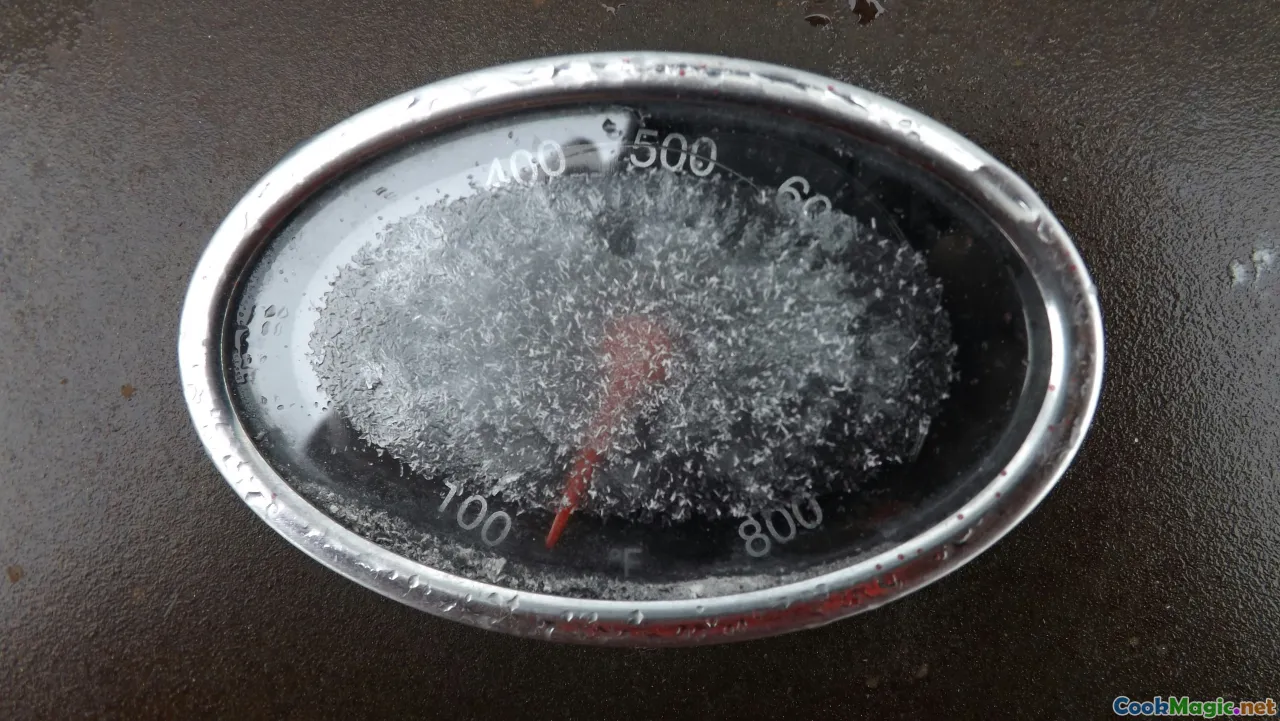
Sour cream’s beauty is its cultured acidity. Its challenge is heat. Here’s how Baltic cooks keep sauces smooth.
- Fat is your friend: Higher-fat sour creams (28–30% and up) resist curdling better than leaner ones. The fat coats proteins, buffering them against heat and acid.
- Temper first: Before adding sour cream to a hot pan, whisk in a ladle of warm stock or pan juices to gradually raise its temperature. Like teaching someone to swim in the shallow end.
- Gentle heat only: Keep it below a simmer. Tiny bubbles are a warning; if it boils, the proteins seize and expel water, splitting the sauce.
- Starch insurance: A teaspoon of flour cooked in butter (a tiny roux) or 1 teaspoon cornstarch mixed with cold water can stabilize a warm sour cream sauce without clouding flavor. Use sparingly; the sauce should glide, not gel.
- Acid timing: In hot sauces, add aggressive acids at the end and off heat. In cold sauces, you can add early to let flavors mingle.
A bit of chemistry: Lactic acid drops the pH and tightens dairy proteins. Heat does the same. Doing both at once—lots of acid + high heat—turns a silky sauce grainy. The fix is order and moderation: fat first, then gentle temperature, then acid to taste.
Pairings That Taste Like the Coast, the Forest, and the Field
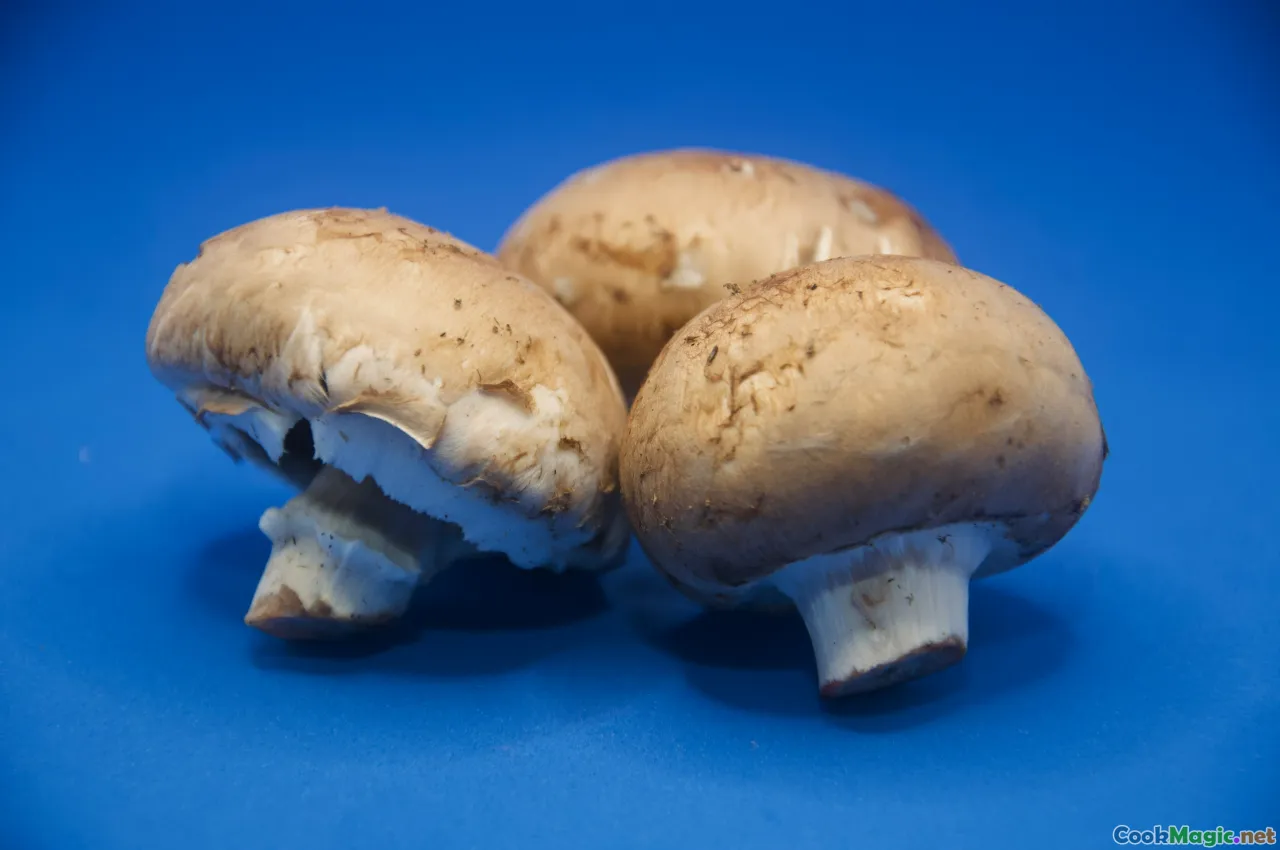
The Baltic plate is never just one thing. It is sea and spruce, rye and meadow. Sour cream sauces find their calling by pairing with elements that need either brightness or hush.
- Coast: Hot-smoked salmon with dill and lemony sour cream; pan-fried smelt with cucumber sauce; rye bread with herring in apple-cream. If you can find sprats (Rīgas šprotes), serve them on buttered rye, and set a small bowl of mustardy sour cream nearby to swipe the edge of the fishy richness.
- Forest: Chanterelles in sour cream over toasted barley; venison meatballs with a dusky sour cream gravy laced with juniper; roasted beets with horseradish cream.
- Field: Boiled new potatoes broken open under a cloud of brown-butter caraway sour cream; potato pancakes (bulviniai blynai/draniki) with garlicky sour cream and dill; cepelinai with a bacon-onion-sour-cream sauce that drips into the potato like sunlight through a window.
And then there are the everyday loves: pork schnitzel (karbonāde) served with a tart sour cream and pickle sauce that cuts the fry; shredded cabbage braised soft and glossed with a spoon of cream at the end; roasted carrots brushed with honey and finished with a sour cream-fresh herb drizzle.
Seasonality in a Spoon: Winter to Midsummer
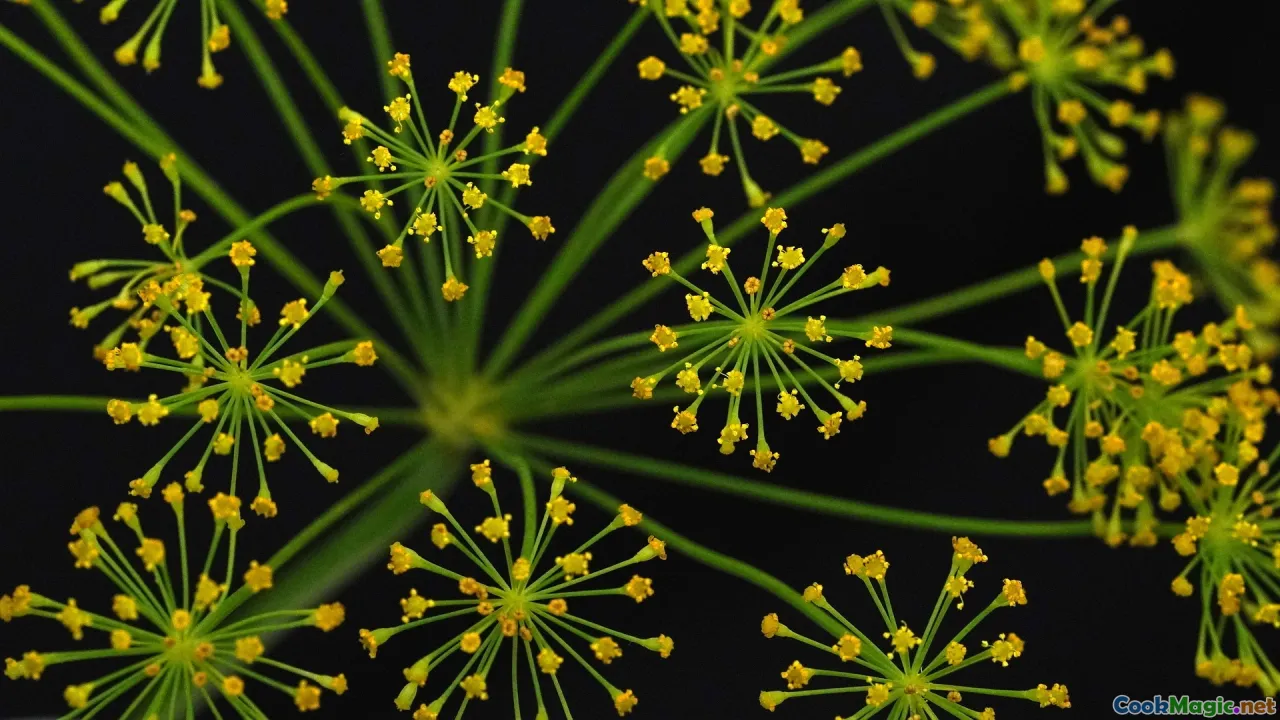
Baltic seasons are dramatic, and sauces shift like light.
- Winter: The mood is slow and thick. Horseradish-cream with roasts, mushroom-sour cream gravies, caraway and brown butter. Onions are sautéed longer, almost sweet; dill may be dried or replaced with parsley and a pinch of nutmeg. Sauces are warmed gently, served alongside steamy plates that fog the windows.
- Spring: Bitter greens arrive, and so do radishes. Sour cream meets grated radish, dill, and a hint of lemon. New potatoes appear, skins tender and spotty; they beg for a simple sauce—just sour cream, salt, and chopped chives.
- Summer: Sauces go cold and bright. Think kefir-soured cream with cucumbers and dill, a companion to grilled river fish or skewered pork (šašlykai) inherited from other corners of the former empire but fully adopted here. Cold beet soup, neon pink with kefir and sour cream, is better with a small extra spoon of plain sour cream at the table.
- Autumn: Mushroom time. Chanterelles, boletes, and milky caps. Butter-soft onions, a splash of stock, a scarf of sour cream that clings to every ruffle. Apples join the party, both raw in herring salads and cooked into savory-sweet sauces.
Seasonality isn’t just what’s available; it’s how a sauce feels in the mouth. Winter wants a slow blanket; summer wants a quick breeze.
Where to Taste It: Market Stalls and Home Kitchens

- Riga Central Market, Latvia: In the fish hall, look for stalls offering siļķe ar krējumu by the plate. Ask for extra dill. On weekends, small producers sell krējums so thick you can stand a spoon in it.
- Hales Turgus, Vilnius, Lithuania: Mushroom sellers in late summer will gladly tell you how they cook voveraitės with grietinė—often with butter, onion, and a touch of dill. In the prepared foods corner, you’ll find cepelinai ladled with bacon-onion-sour cream sauce, glossy and unashamed.
- Balti Jaama Turg, Tallinn, Estonia: Grab smoked fish and a tub of hapukoor with lemon and dill mixed in, then wander upstairs. If you’re lucky, a vendor will offer a taste of their house mädarõikakaste, a horseradish sour cream with a heat that blooms slow.
- Country guesthouses: On Muhu or Saaremaa islands, or near Anykščiai in Lithuania, farm stays often serve dinner with a sour cream that tastes of fields. Ask about their cows; you’ll get a sauce lesson for free.
- Cafeteria classics: The Lido chain in Riga popularized an approachable version of home cooking; watch how they pair rich cutlets with tart sauces that keep you reaching for one more bite.
The best education happens at tables where the sauce was stirred by a person who knows the cow that made the cream. When you taste that, you understand why Baltic cooks talk about dairy with the kind of affection others reserve for wine.
Pantry and Sourcing Guide
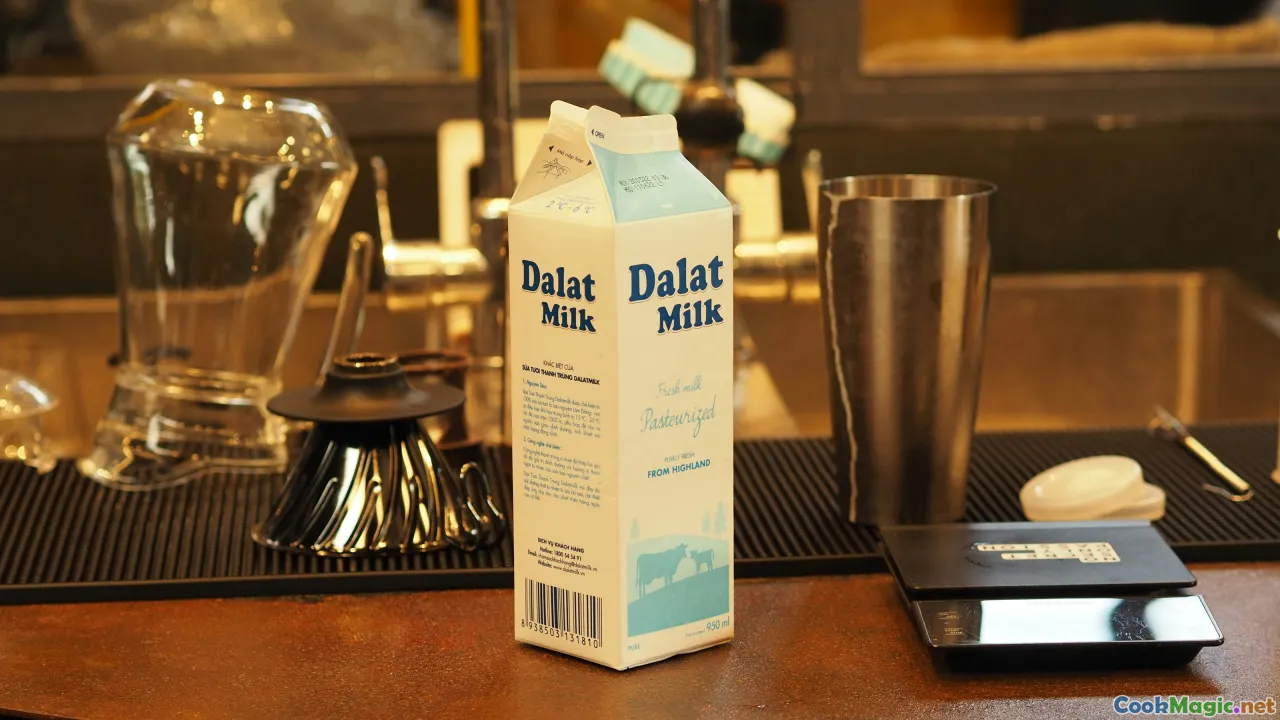
To cook Baltic sour cream sauces wherever you are, assemble a small, honest pantry.
- Sour cream: Aim for 20–30% fat. If your market only stocks lower-fat versions, blend with crème fraîche or a splash of heavy cream. Taste for clean acidity.
- Acids: Apple cider vinegar for fruit-leaning sauces; white wine vinegar for subtlety; lemon for fish. Keep a jar of good cucumber pickle brine—its dill-garlic footprint is a small miracle in cold sauces.
- Mustard: A mild, slightly sweet Latvian-style mustard is lovely. In a pinch, Dijon works. Mustard adds body and quiet heat.
- Aromatics: Shallots, red onions, garlic. Spring onions for freshness. Horseradish for drama.
- Herbs: Fresh dill is non-negotiable for authenticity. Chives, parsley, lovage, and summer savory are welcome. Dried dill can work in winter but treat it gently.
- Spices: Caraway seeds, white pepper, black pepper, juniper berries (lightly crushed for game). Nutmeg in small amounts for mushroom sauces.
- Stocks: Light chicken or vegetable stock for tempering hot sauces. Mushroom stock in autumn.
- Butter: For brown butter variations and to coax mushrooms toward sweetness.
Substitutions:
- If sour cream is too tart, cut with crème fraîche or a tablespoon of heavy cream.
- If not tart enough, add a dot of vinegar or a spoon of kefir.
- Vegan pathway: Full-fat oat or coconut yogurt whisked with a neutral oil and a squeeze of lemon can approximate texture; adjust with mustard and salt.
Technique Clinics: Five Problems, Five Fixes

- My hot sour cream sauce curdled.
- Why: Too much heat or acid; low-fat cream.
- Fix: Take off heat. Whisk in a splash of warm stock and a knob of cold butter. If still grainy, strain and re-emulsify with a bit of crème fraîche.
- It tastes flat.
- Why: Not enough salt or acid; herb oils not released.
- Fix: Pinch of salt, squeeze of lemon or dash of vinegar, grind of pepper. Smash herb stems lightly before adding; let sit five minutes.
- It’s too thick and pasty.
- Why: High-fat cream without liquid balance; too much starch (if used).
- Fix: Thin gradually with stock, cucumber brine, or even cold water. Whisk until glossy.
- It’s too sour.
- Why: Acid heavy-handed; thin, overfermented cream.
- Fix: A teaspoon of honey or sugar, and a tablespoon of heavy cream or melted (but cooled) brown butter to round corners.
- The onion is harsh in a cold sauce.
- Why: Raw onion’s sulfur compounds need time.
- Fix: Soak sliced onion in cold water 10 minutes, or macerate minced onion with a pinch of salt and vinegar before adding. Let the sauce rest.
A Cook’s Notebook: A Week of Baltic Sour Cream Sauces at Home

Monday: New potatoes with dill-chive sour cream. Boil young potatoes until tender; crack them with the back of a spoon and let steam evaporate. Sauce: 200 g sour cream, small squeeze of lemon, 2 tablespoons chopped dill and chives, salt, pepper. The scent is meadow-bright, the texture plush.
Tuesday: Pan-fried smelt with cucumber mērce. Dredge smelt in rye flour, fry until crisp, then serve with a cold sauce of sour cream, grated cucumber, lemon zest, and a ribbon of pickle brine. The sauce tastes like cool water poured over warm stones.
Wednesday: Pork cutlets with mushroom-sour cream pan gravy. After frying cutlets, sauté sliced button mushrooms in the fond with butter and onion. Deglaze with a splash of stock, temper in sour cream, and finish low and slow. The kitchen smells like toast and rain.
Thursday: Herring with apple-cream on rye. Assemble in the morning and chill; dinner is assembly and satisfaction. The cream takes on apple’s perfume.
Friday: Roast carrots with caraway-brown-butter sour cream. Toss carrots with oil and roast hot. Whisk brown butter and caraway into sour cream; drizzle over carrots with chopped parsley. This one garners silence at the table, then an “oh.”
Saturday: Chanterelles in sour cream over barley. Visit the market; bring home the forest. Butter, onion, mushrooms, cream. Finish with a pinch of nutmeg and a fistful of dill. The sauce nests in the barley like birds in thatch.
Sunday: Leftovers lunch: rye toast spread with horseradish-beet sour cream, topped with thin slices of leftover roast beef and radishes. The week closes in pink and gold.
Cook’s notes:
- Make sauces in small batches. They don’t like the fridge as much as you do. If you must keep, press plastic wrap against the surface to prevent crusting.
- Herbs taste different by day: dill is brighter on day one, mellower on day two. Onion softens overnight.
Little Rituals and Quiet Joys
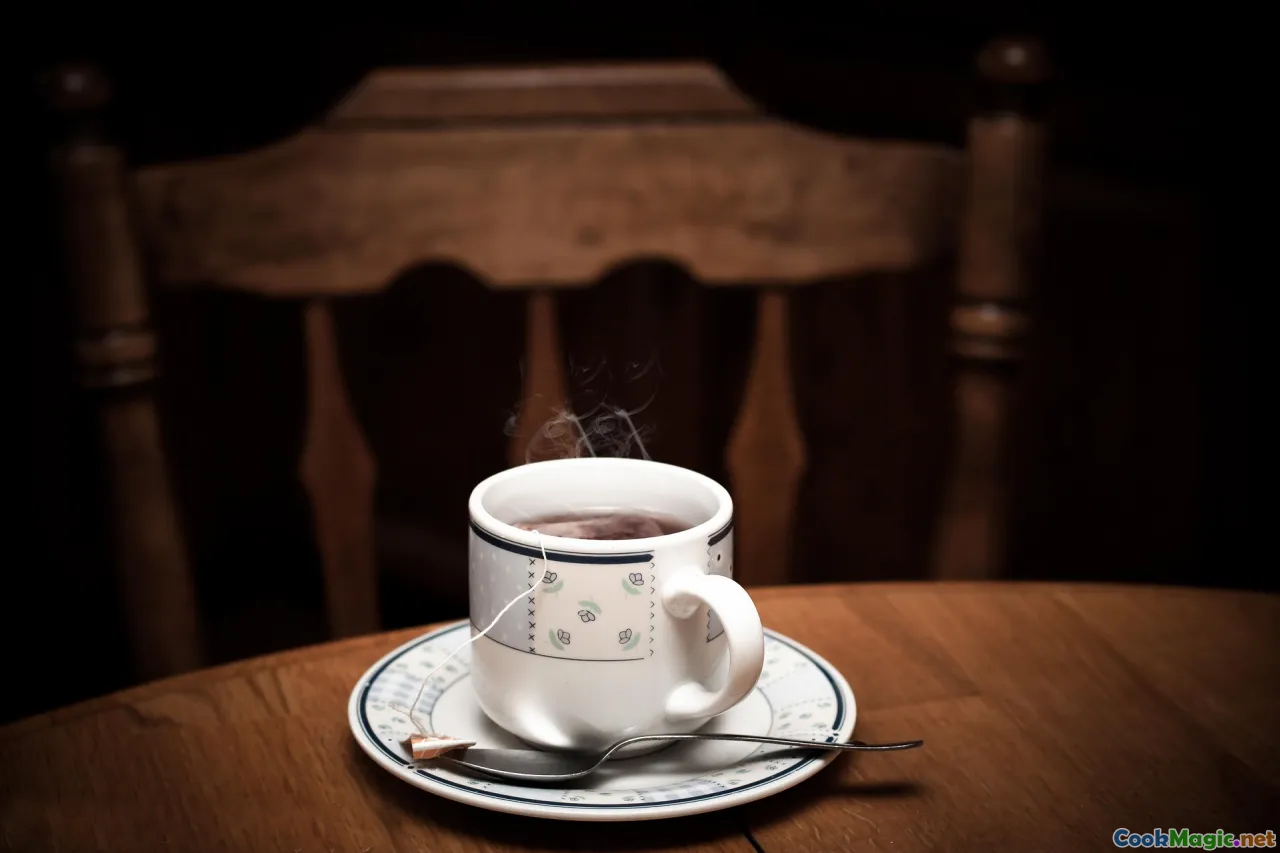
I’ve stayed in enough Baltic homes to know that sour cream sauces are often made without measuring and almost always with a moment of pause. In a farmhouse outside Kaunas, a woman named Ieva taught me to hum while stirring. “It slows you,” she said, “so the sauce doesn’t panic.” In Tallinn, a young cook rolled a lemon under his palm on the counter because his grandmother did. In Riga, a father insisted that dill must be chopped with a dull knife so the smell blooms—science disagrees, but his daughter swears it’s true, and their sauce is perfect.
Maybe this is why these sauces feel so essential: they are small acts of care that bring balance to plates built on preservation, economy, and weather. They let you taste the sea without being dragged under by salt, the forest without being lost in it, the field without eating grass. They are soothed edges and bright centers. They are, in their pale way, the architecture of comfort.
On a January night, you can warm your hands around a plate of cepelinai while mushroom cream wraps you in its woolen quiet. In July, you can sit near the river, the air wet with green, and lift a fork of fried smelt flecked with cucumber-dill cream that snaps like a twig underfoot. In both moments, the sauce is doing quietly what it has done for generations: editing. Adding. Softening. Starting conversations between elements that would otherwise bicker.
If you want to learn Baltic food, don’t begin with the complicated. Begin with a bowl, a whisk, and a tub of honest sour cream. Chop dill until the board smells like summer. Salt with intention. Acid with caution. Taste, rest, taste again. Then carry it to the table, where somebody you care about is waiting with a piece of dark bread, ready to swipe the last streak from the plate.
A coastline can be carried in a spoon. In the Baltic, it often is—white as snow, tart as an apple, green as dill, and soft as the inside of a good story.









